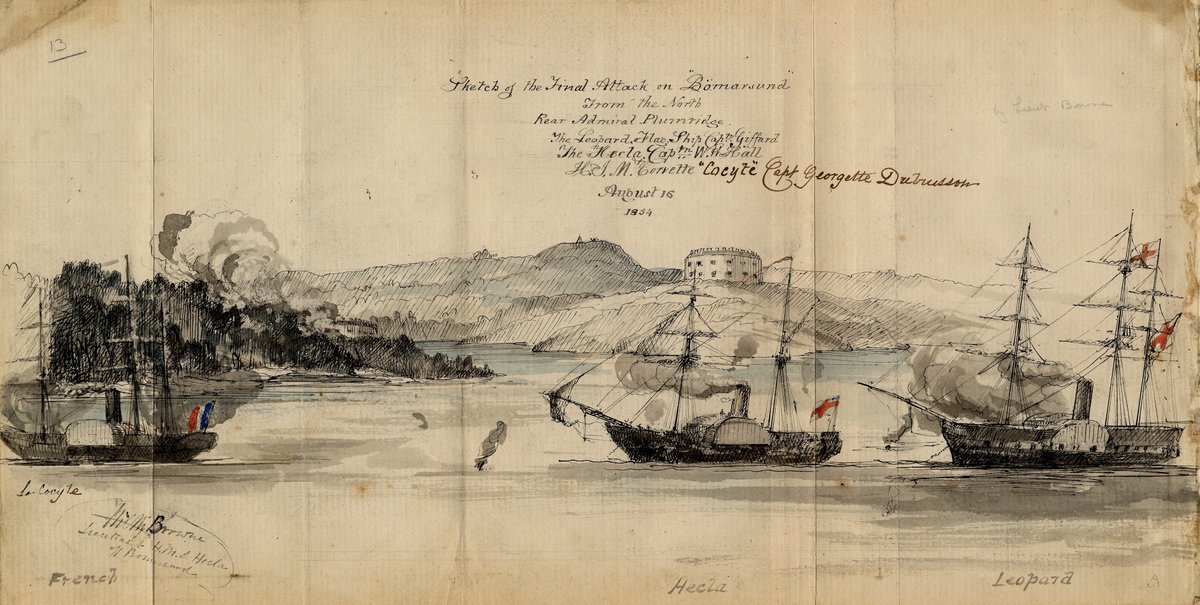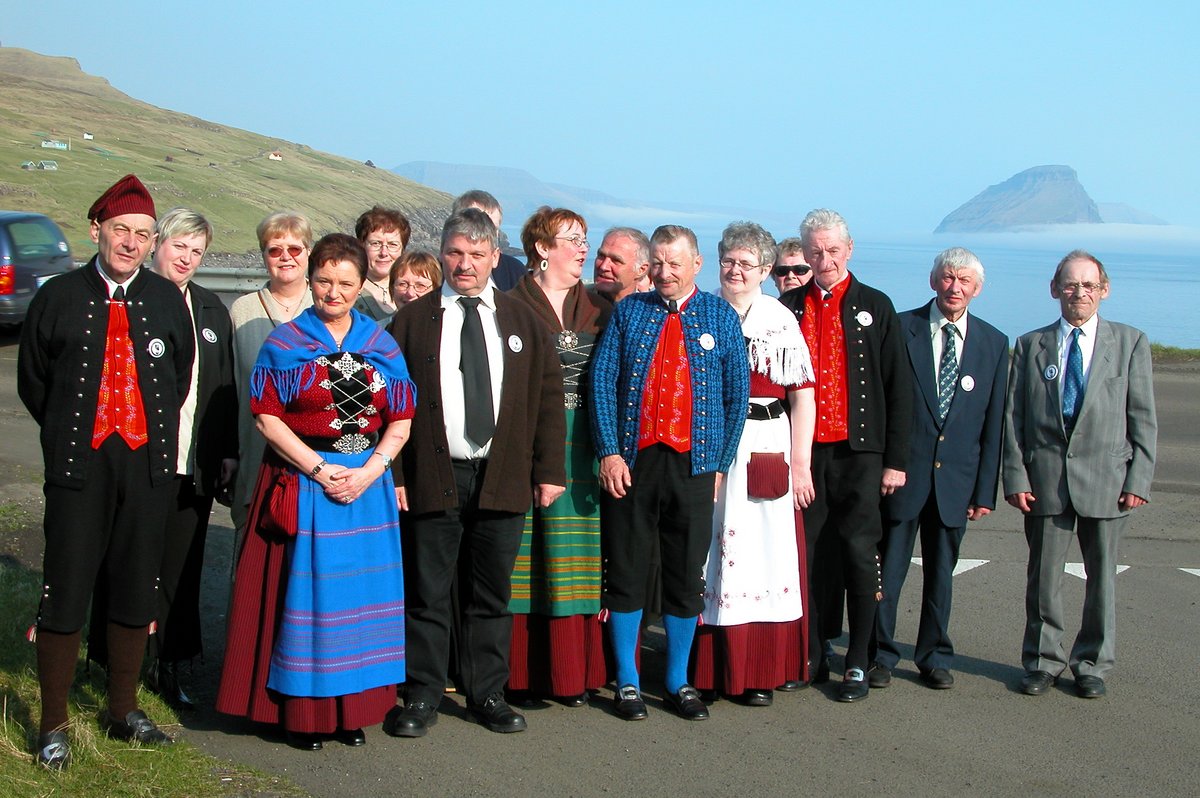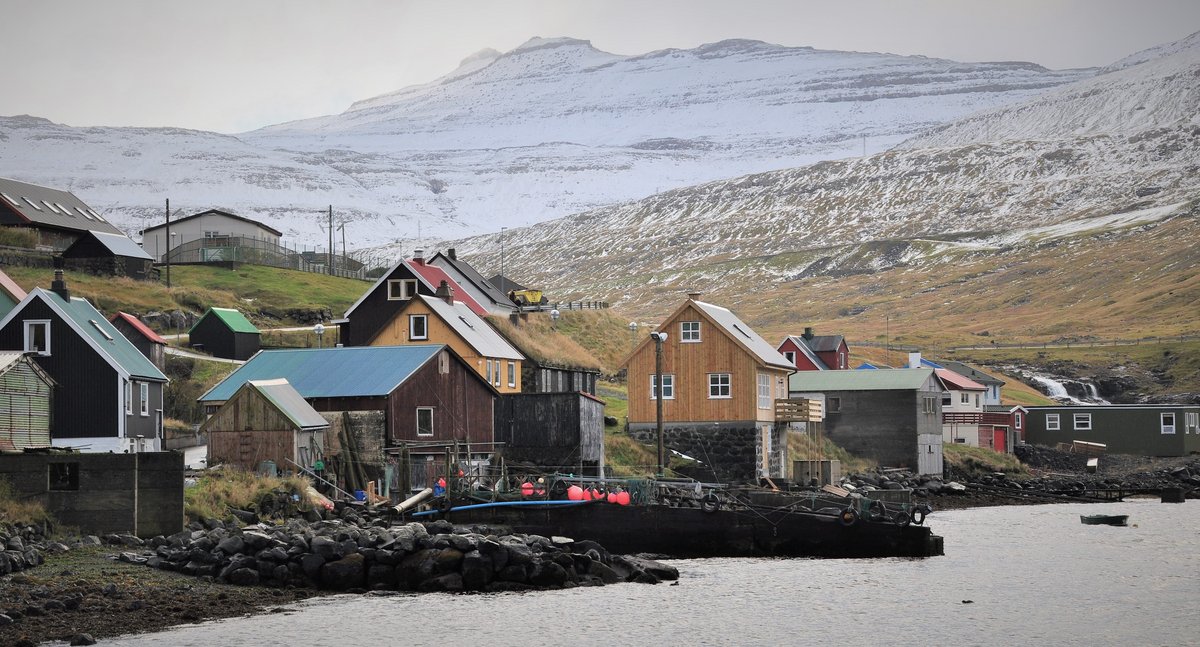Cultural Heritage in the Faroe Islands and Åland
Contemporary approaches to heritage in the autonomous regions shed light on old and new traditions.
Summary: Although far apart and culturally distinct, it is possible to trace similarities in the cultural heritage of the Faroe Islands and the Åland Islands. For example, both autonomous territories have been influenced by a diversity of languages, traditions connected to the wider Nordic regions, and their island locations. Today, re-traditionalisation has blossomed in both communities showing that, far from being fixed, traditions are in constant development.
Given their geographical locations, both the Faroe Islands and Åland have served as links between disparate countries in the Nordic region. Located right between Sweden and Finland, Åland has served as a connecting territory between these two countries for a very long time. In the middle of the Atlantic Ocean, the Faroe Islands is situated between Norway, Denmark, the British Isles, and Iceland. Geographically distant from each other and historically exposed to different influential factors, the emergence of specific cultural and political developments has been marked by centuries of shifting political governance and discussions of identity, language, and belonging for both of these autonomous regions.
The Faroe Islands (Føroyar) and Åland are, together with Greenland, autonomous territories within the Nordic region. Like Greenland, the Faroe Islands are part of Denmark, and Åland is part of Finland. These two island communities both have a long history of belonging to larger Nordic countries, but have their own distinct cultural and political identities. Both Åland and the Faroe Islands became autonomous during the 20th century, Åland in 1921 by a decision made by the League of Nations, and the Faroe Islands in 1948 after a referendum on Faroese independence from Denmark, following the German invasion of Denmark during the Second World War. The Faroese referendum resulted in a majority voting for independence, but the end result was that the Faroe Islands would become more politically autonomous, whilst still remaining part of Denmark.
Early settlements to autonomous regions
The Faroe Islands were an early Norwegian settlement from the 8th century up until the 16th century, when Norway, together with its dependencies, the Faroe Islands, Greenland, and Iceland, became part of the Danish kingdom following the collapse of the Kalmar Union in 1523. Norway was then transferred to Sweden after the Treaty of Kiel in 1814, while the Faroe Islands, Iceland, and Greenland remained under Danish governance. Norwegian records show that, whilst being subjected to the overall rule of Norway, the Faroe Islands were largely a self-governing entity. An official Faroese political unit was established in 1852 whose løgting (principal parliament) was led by a løgmaður (head of parliament) and regularly met on Tinganes (a small peninsula) in Tórshavn.
There have been traces of settlements on Åland as far back as from around 3500BC, and evidence from around the year 600AC mean that some of the very first settlers to the region established communities on the islands. Like the Faroe Islands, which were under Norwegian and then subsequently Danish rule, Åland was part of Sweden during the Middle Ages but was ceded to Russia in 1809 along with Finland. Even before Finnish independence in December 1918, a movement had begun in Åland for it to become part of Sweden again. Then, after the Finnish civil war, the people of Åland made concrete steps to realise this goal by signing a petition to become part of Sweden, but this was opposed by Finland. With the help of the Swedish government, Ålanders brought their case to the League of Nations in 1921, which was opposed by the Finnish government. It was decided that Finland would retain sovereignty over the province, but that Åland should be made an autonomous territory. It was also decided that it would be demilitarised given Sweden's security concerns and it being in such close proximity to Stockholm.
Due to their autonomous status, the Faroe Islands and Åland both have self-governing bodies in place for local affairs and have representatives, respectively, in the parliaments of Denmark and Finland; the Faroe Islands has two representatives, and Åland has one. The Faroese government holds executive power over local government under the political governance of the Løgting. Administratively, the Faroe Islands are divided into 29 municipalities within which there are 120 towns and villages. Åland is governed according to the Act on the Autonomy of Åland (originally from 1920, and revised in 1951 and 1993) and various international treaties. These laws guarantee the region's autonomy from Finland, which has ultimate sovereignty, as well as its demilitarised status. Landskapsregeringen (the Government of Åland) answers to Lagtinget (Parliament of Åland) according to the principles of parliamentarism.

Island cultural identity
Åland and the Faroe Islands are island communities that have a thriving cultural life. Both are places where remnants of the Viking age and its heritage are visible in archaeological findings and the histories of the islands. Their locations have also fostered a long-standing maritime heritage that still informs contemporary culture. That said, the diverse cultural heritage of both of these communities is ever-changing, just like in most places.
Åland Cultural History Museum (Ålands Kulturhistoriska Museum) and Åland Art Museum (Åland Kunst Museum), both located under the same roof in Mariehamn, showcase the diverse culture of the islands and the artistic developments that Åland’s artists have accomplished over the years. In Åland, the concept of nationalism is important for local identity and autonomy. National and cultural belonging in Åland is mixed and could be said to be characterised by a sense of ‘inbetweenness’. There are those that identify largely with Sweden and who prefer to distance their affiliation with Finland. The Bureau of Heritage Management of the government of Åland (Ålands kulturdelegation) is responsible for cultural heritage. It monitors, protects, maintains, preserves, and makes all decisions on ancient monuments as remnants of ancient settlements.
The Art Gallery (Listasavnið) in Tórshavn in the Faroe Islands continuously showcases both established and emerging artists, and the Nordic House (Norðurlandaðhúsið) is often the location for international conferences, showcases, and contemporary art. A set of recurring images of 'Faroeseness' are present in the promotion of the Faroe Islands as a tourist destination, including artistic and other cultural productions. Among these are, for example, displays of Faroese ring (or chain) dance (Føroyskur dansur), food, and Faroese music. One central aspect has been that the Faroe Islands are very geographically isolated, and this isolation continues to inform current narratives of Faroese society and perpetuate a certain image of what the Faroe Islands are like. Their remoteness and the ‘exoticness’ of visiting the Faroe Islands has been the focal points for several tourism campaigns and this continues to reinforce an image of a distant and ‘unspoilt’ place.
National identities
The concepts of nationalism and national belonging play an important part in the creation and continuation of identity for these autonomous regions. Both the Faroe Islands and Åland have a language distinct from that of their governing countries (Denmark and Finland). In the Faroe Islands, Faroese is the main language, while Danish (along with English) remains part of compulsory education. In Åland, Swedish is the main language, and although Finnish is spoken and understood by some, it remains a minority language. Nationalism is also present in their heritage and tourism industries. This could be, for example, how tourism campaigns are constructing a stylised narrative that has gained popularity. However, this construction also relies on how it is presented and constructed by the people who actually live there, and culture and identity are also constructed by the way people see and represent themselves to the world and what is considered to be “heritage”. The definition of ‘tradition’ in heritage studies is something which is deeply rooted within a local community, so it changes with that community.
Both the Faroe Islands and Åland place an importance on tradition as central to their distinct identities. Tradition tends to produce certain images of what is considered local and localised identity, while the nature of heritage is to create specific pasts that are more loosely tied to a particular place. Small communities organise and utilise heritage in a significant way, accentuating a distinctive localness, and defining and promoting a heritage that is rooted within a small community. But what is considered tradition is in constant development; it draws on the historic past, without being stuck in the past and is able to adapt to the dynamic cultural changes in society. This coincides with the definition of tradition in heritage production as being deeply rooted within the local community and something that changes based on the people involved.

Cultural heritage from autonomous island communities shed light on old and new traditions
This article is published in response to an interest in cultural heritage and the autonomous territories - the Nordic region is more than just five nation states.
Further reading:
- Adam Grydehøj, ‘Uninherited heritage: tradition and heritage production in Shetland, Åland and Svalbard’, in International Journal of Heritage Studies, vol. 16:1, (2010), pp. 77–89.
- Árni Olafsson, ‘International status of the Faroe Islands’, in Nordic Journal of International Law, vol. 51 (1982), pp. 29–38.
- Gitte Korff, ‘The Parliamentary Public Accounts Committees in the Nordic Countries and Regions Denmark, Faroe Islands, Finland, Greenland, Iceland, Norway, Sweden, and Aaland Islands’ in Beyond Westminster: A Global Perspective on Public Governance and Accounts, Rick Stapenhurst and Brooke Larson (eds.), (Ottawa, ON: Canadian Audit and Accountability Foundation, 2018), pp 40–57.
- Kristin Ilves, ‘The archaeologists within: Uniting different interests in heritage within a contentious setting’, in Journal of Community Archaeology & Heritage, vol. 9:4 (2021) pp. 221–234.
- Malan Marnersdóttir, ‘Towards a Monolingual Canon. Faroese and Danish on the Faroe Islands’, in Battles and Borders: Perspectives on Cultural Transmission and Literature in Minor Language Areas, Petra Broomans, Goffe Jensma, Ester Jiresch, Janke Klok and Roald van Elswijk (eds.) (Eelde: Barkhuis, 2015).
- Owe Ronström, ‘A different land: heritage production in the island of Gotland’, in Shima, 2 (2008), pp. 1–18.
